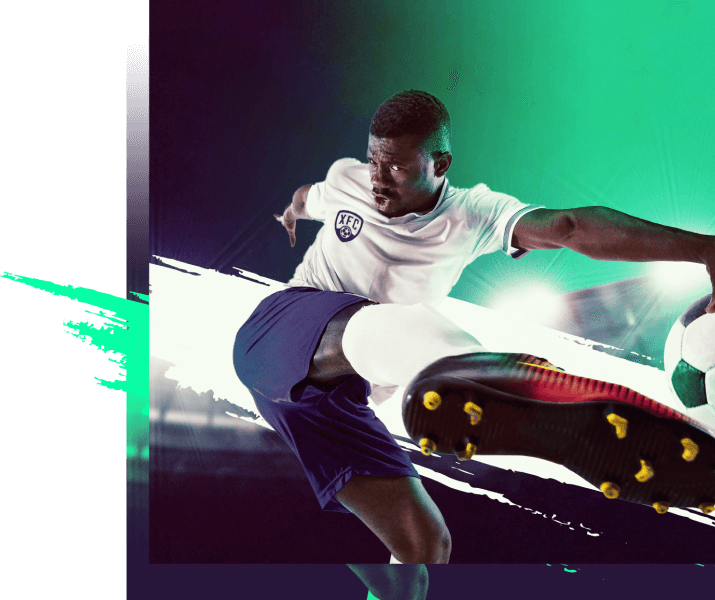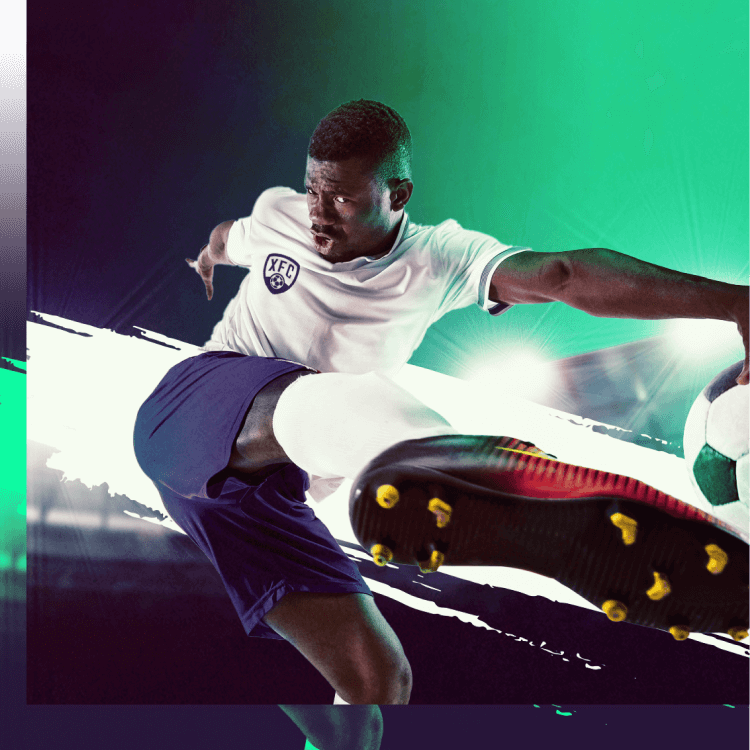Luis de la Fuente’s Spain has been, by far, the most impressive team at Euro 2024. With a fluid style of play, clever tactics, and a well-rounded squad, they’ve been among the few important teams that have thrilled audiences.
Here’s a look at the tactics that Luis de la Fuente has employed for Spain at Euro 2024.
Career Prior to Managing Spain
Luis de la Fuente, it is safe to say, has not had quite the same career trajectory as some of the other famous former managers of Spain. As a player, as a well as a manager, he has made a name for himself as a top-rated professional.
Luis de la Fuente was a dependable left-back who made over 250 appearances in La Liga for teams like Athletic Bilbao and Sevilla. He secured, also a few call-ups for Spain’s national team at the youth level.
He’s enjoyed a similarly consistent, albeit unglamorous, career as a manager helming teams such as Athletic Bilbao or Alaves.
In 2013, de la Fuente began his work with the U19 Spanish national team. Consequently, he coached the U21 and U23 squads. He was promoted in 2022 to the senior squad. It was a decision that surprised fans, but one that the Spanish Federation was considering for some time.
Football Philosophy
Spanish football, over recent years, has come to be known for the so-called Tiki Taka style imposed by Johann Cruyff at FC Barcelona. It is a styled that’s been used, famously, by Pep Guardiola at Manchester City, or by Luis Enrique when he managed Spain.
Luis de la Fuente has shown at Euro 2024 that he is a manager who understands fluid, high-possession tactics but has no commitment to them beyond using them to win.
Instead, when convenient, de la Fuente’s Spain will cede possession. They will be counterattacking, using their winger to zap through the flanks and deliver crosses to a classic number-nine forward.
De la Fuente’s commitment to playing and developing youth players is what got him the job with the U19 squad in 2013. It is also what helped land him the job with the senior squad in 2022. He has kept to his word. Lamine Yamal and Nico Williams, two teenagers, have proven to be Spain’s secret weapons.
Formations
Spain, without exception, played in a fluid 4-3-3 formation at this European Championship. This approach is less strict than what Luis Enrique tried to get his players to implement in the past.
It’s a formation that, most of the time, uses classic roles. Rodri is a hard-as-nails pivot. Fabian Ruiz is a playmaker. Yamal and Williams bring speed and flair to their roles as wingers. Alvaro Morata is a classic poacher who is expected to do little beyond being on call to receive crosses in the box.
Spain in Attack
Spain now plays with a classic number nine and with quick wingers capable of delivering crosses. But does that mean this is a typical retro tactics approach? Do they have solely one way of scoring goals?
Not at all. Attacking danger has often come from attacking midfielders Fabian Ruiz, Pedri, or Dani Olmo. Real Madrid’s wing-back Dani Carvajal has been another threat, leaving Yamal to cut inside.
In fact, Spain’s ability to create width has worked to great advantage. Many of the attacks have come from the left flank. Here, Nico Williams often plays close to the byline using his supreme speed and skill to get past full-backs, as he did against poor Giovanni di Lorenzo in the match against Italy.
There’s no shortage of individual skill either. Olmo, Ruiz, or Williams made nearly three dribbles per 90 minutes. They, along with Rodri, have also been the players to often attempt key passes in the opposition’s box.
Finally, de la Fuente is not afraid of making changes on important occasions. Against Germany, for example, the width was provided by marauding wing-backs Dani Carvajal and Marc Cucurella. Meanwhile, Alvaro Morata dropped deep, taking his marker with him. This allowed Yamal and Williams to cut inside and play more advanced roles.
Even when they were taken out, this shift in how the players used space was difficult for Germany’s defenders to handle. This is how Mikel Merino, a central midfielder, was able to find so much space in the opposition’s box in the 118th minute and score.
Spain in Defense
Luis de la Fuente’s defensive system for Spain begins with a few very simple rules. The team plays a back four. The central defenders are able to tackle and also play the ball. The wing-backs can get forward and create width.
But this also leaves room for a lot of maneuvering. The system works because Cucurella and, especially, Carvajal possess the energy and tactical awareness to contribute equally to defense and attack.
It’s also worked because Spain’s squad has depth. When Robin Le Normand had a poor game against Germany, he could be replaced by the experienced Nacho. When Carvajal will be out for suspension, de la Fuente can call upon the equally experienced Jesus Navas.
Lastly, and most importantly, Spain’s tactics involve them pressing similarly to previous iterations of the squad. It’s a high, aggressive press that starts with the attackers. And, often, it’s a man-to-man press. This approach appeared a little rigid against Croatia in Spain’s opening Euro 2024 game but has not failed to bring them to the semi-finals.
Can Spain Win Euro 2024?
Luis de la Fuente’s tactics and clever squad selection choices have contributed to bringing Spain to the semi-finals of Euro 2024, and to the entertaining brand of football they’ve played.
Yes, Spain is the favorite to win Euro 2024. It’s not just the fact that they play more offensive football than other teams. It’s not only the fact that they seem to have a Plan B when things go South.
It’s also the fact that this group of players, a perfect mix of players in their late 30s and teenagers, is enthusiastic about playing together and winning.
Spain will be the neutrals’ favorites. And, while they’ll have to find ways to replace Dani Carvajal in the match against France if the team gets past this hurdle, it will win Euro 2024, and this will be Luis de la Fuente’s legacy.

















